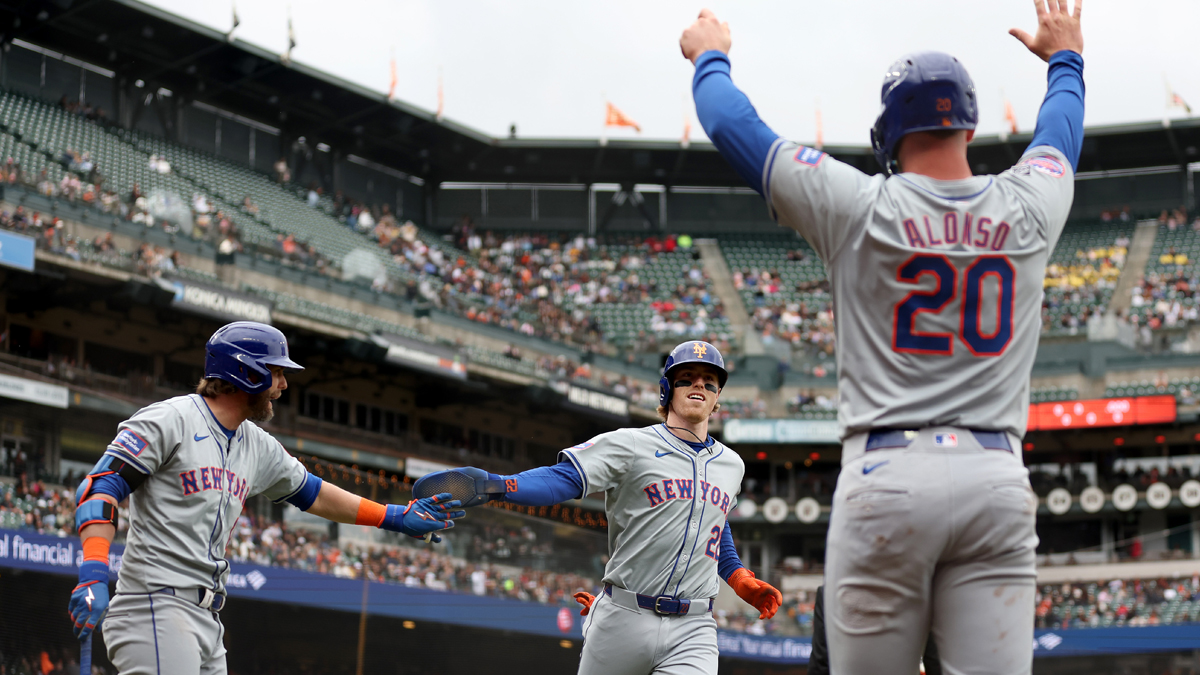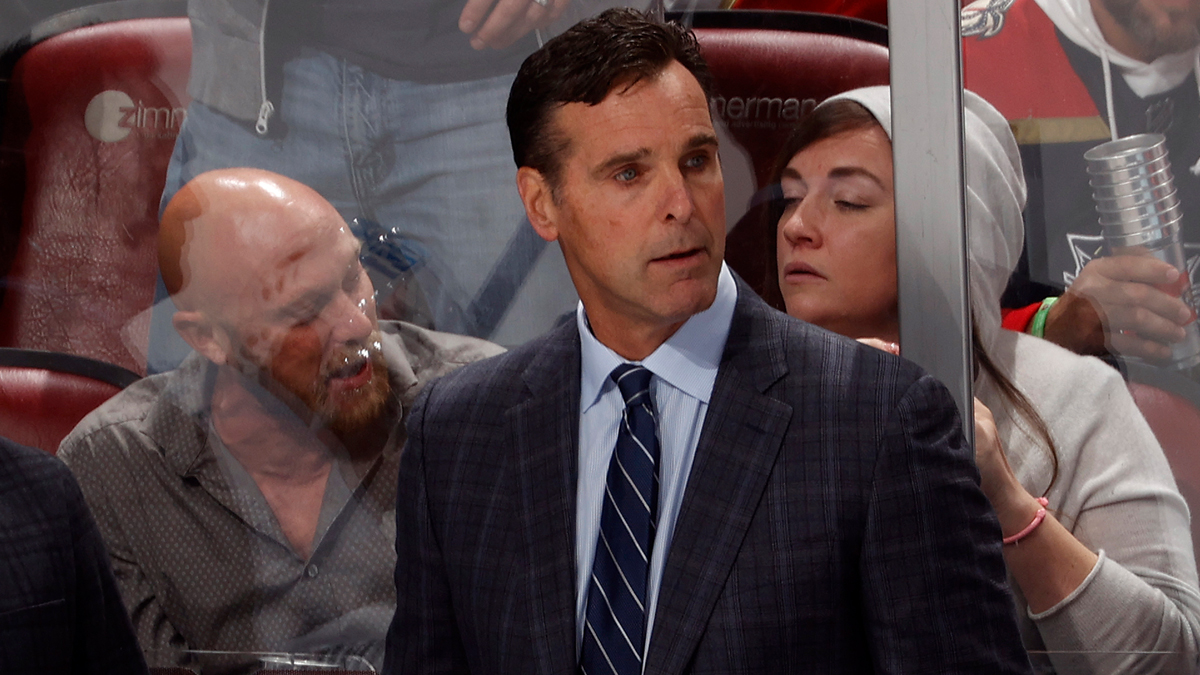Since the 49ers drafted Michael Crabtree in the first round in 2009, they’ve selected four wide receivers.
In 2010, Kyle Williams was taken in Round 6. A year later, Ronald Johnson was taken in Round 6. In 2012, A.J. Jenkins was a first-rounder. And in 2013, Quinton Patton was a fourth-rounder.
It’s not a great track record. Williams produced as a reserve, but Johnson and Jenkins were busts, catching zero NFL passes between them. Patton, on the other hand, shows promise and is expected to be in the receiver mix in 2014.
So, with some recent whiffs by the team, many 49ers observers are concerned that general manager Trent Baalke might miss again if he spends a first-round pick on a wide receiver in this year’s draft, which begins May 8.
Jenkins, after all, was a small but ultra quick wideout from Illinois whom Baalke believed could be a difference-maker in the 49ers offense. Much faster than Crabtree, Jenkins could have given the 49ers a fast, deep-threat receiver to stretch opposing defenses.
Instead, Jenkins didn’t have the upper-body strength or know-how to separate from defensive backs, and he eventually was traded to Kansas City.
This week, Baalke talked to Taylor Price of the team’s website about what he looks for in a college wide receiver, and admits it’s a difficult evaluation process, because college football is so much different than the pro games. Baalke told Price he looks for a wideout with “swagger.”
Sports
“You’re looking for confidence,” Baalke said. “You’re looking for guys where the stage isn’t too big. You’re looking for strong men, both in how they play and how they come across. It’s a battle out there. When you’re at that position and trying to get yourself freed up in the land of the giants, it’s a battle and you have to be prepared for it, mentally and physically.”
That’s one of the reasons it’s so difficult to evaluate the smaller, ultra-quick receivers in the draft. Sammy Watkins and Mike Evans, the top two ranked receivers, have both size and speed, but Brandin Cooks of Oregon State, for instance – among the top five receivers on most evaluators’ lists – is only 5-foot-10 and 189 pounds, and could suffer the same fate as Jenkins, who was listed as 6 feet, 192 pounds.
Cooks was big-time producer in college and his 4.33 40-yard time was fastest among all wideouts at the NFL Combine. His draft analysis by NFL.com suggests he is “unafraid to play in the tall trees.”
From afar, at least, it would appear that Cooks as a slot receiver would be a perfect complement to Crabtree and Boldin. Cooks could be a player such as former Panthers wideout Steve Smith or former Eagle DeSean Jackson (5-foot-10).
Without tipping his hand about what he thinks of Cooks, Baalke said evaluating a player such as Cooks takes more than just seeing what he does on tape or in workouts.
“You’ve got to determine does he play 5-9 or does he play 6-foot?” Baalke told Price. “Because Steve Smith was 5-9 but he played 6-1 … there’s good receivers that play small. There’s 6-1 guys that play 5-foot-10. Can they go get the ball, play the ball? There’s so many things that factor into it.”
There are many bigger receivers available in the draft that would seem more certain to flourish in the NFL, such as Evans (6-foot-5), Allen Robinson (6-foot-3) and Cody Latimer (6-foot-3). But if Baalke believes the smaller prospects such as Cooks, Odell Beckham Jr. (5-foot-11) and Bruce Ellington (5-foot-9) can play among the tall trees, they could be 49ers.
Unfortunately, there’s no way to determine if the smaller receivers can play in the NFL until they get into a game. Jenkins remains the cautionary tale.



